Body material: Aluminum(GB-ADC12)+PC(Japan Brand)
Power supply: USA Brand High Efficient Solar Panel
Battery: NI-MH1.2V/600MAH; Lithium battery3.2V/500MAH(Made in Japan);
Resistance: >30T
LED Color: White, Yellow, Blue, Red, Green
Size: L125mm*W107mm*H26+50mm
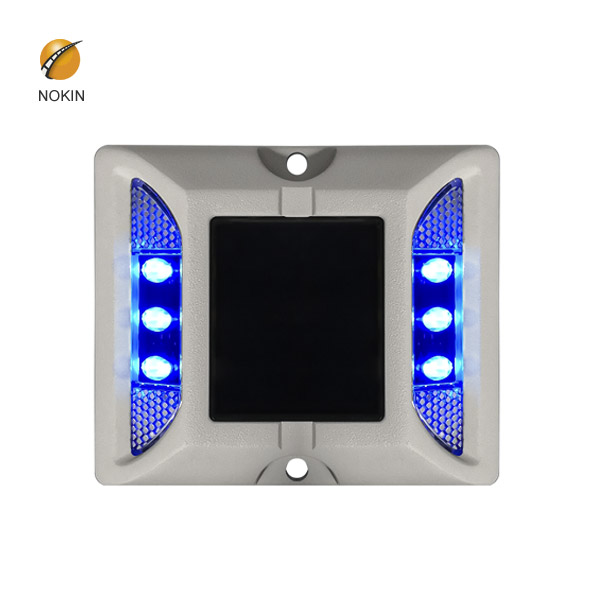
Body material: Casting Aluminium alloy +PC
Power supply: 5V/80MAH Mono crystalline silicon
Battery: Lithium battery3.2V/1000MAH
Resistance: >40T(can be installed in the middle of road)
LED Color: White, Yellow, Blue, Red, Green
Size: φ125*50mm
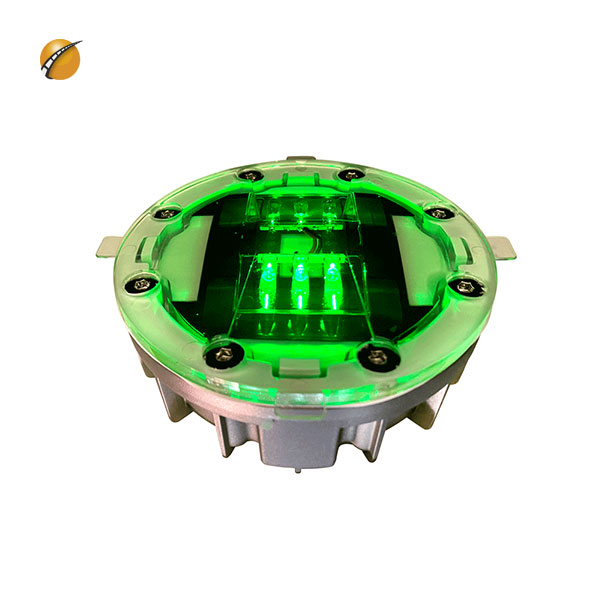
Body material: Hi-pressure Casting Aluminium alloy
Power supply: Solar panel(monocrystalline 2.5V/0.2W)
Battery: NI-MH 1.2V/800MAH or lithium battery
Resistance: >20T(static)
LED Color: White, Yellow, Blue, Red, Green
Size: L104*W104*H20mm
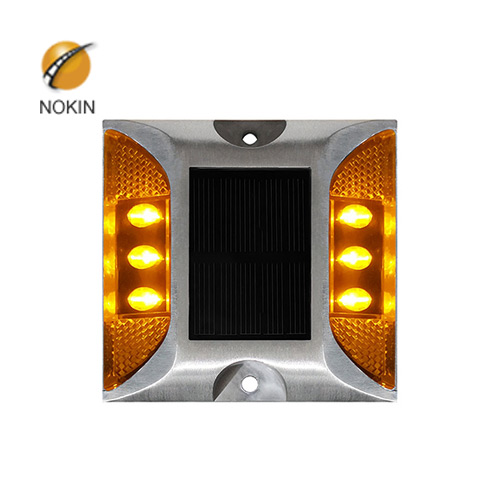
Body material: ABS
Filling: Epoxy+Quartz
Lens Material: PMMA
Colors: White, Red, Yellow, Green, Blue
Size: 100*100*18mm

Body material: ABS
Reflector type: Double side/Single side
Lens Material: PMMA
Colors: White, Red, Yellow, Green, Blue
Size: 116*82*18mm
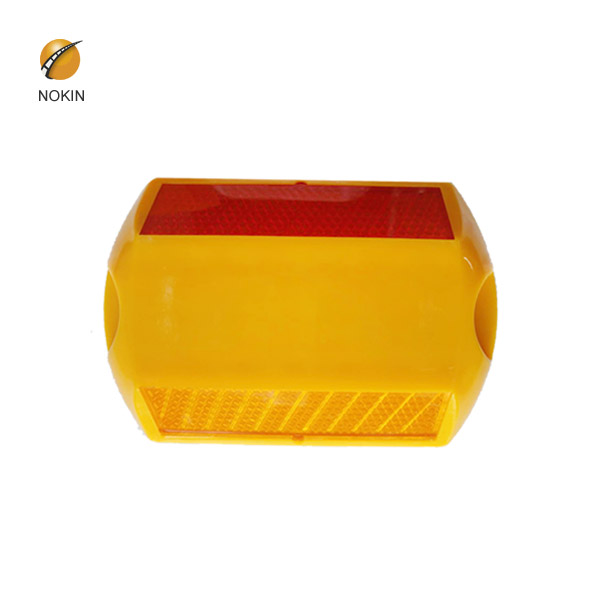
Body material: Aluminium
Filling: Epoxy+Quartz
Lens Material: PMMA
Colors: White, Red, Yellow, Green, Blue
Size: 100*100*20+50mm
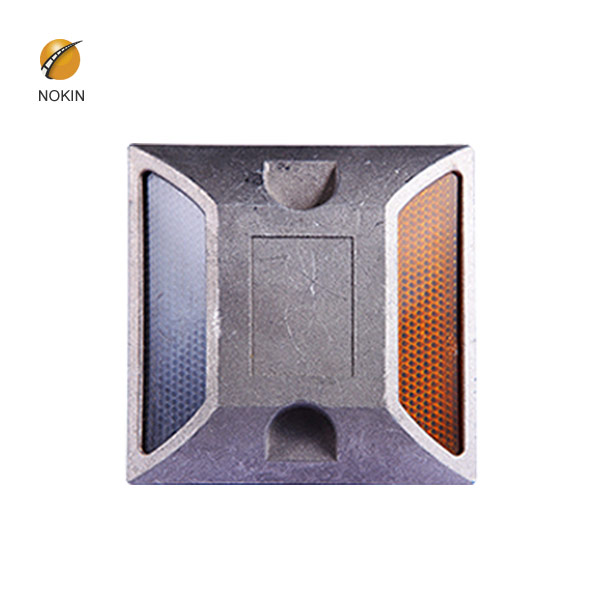

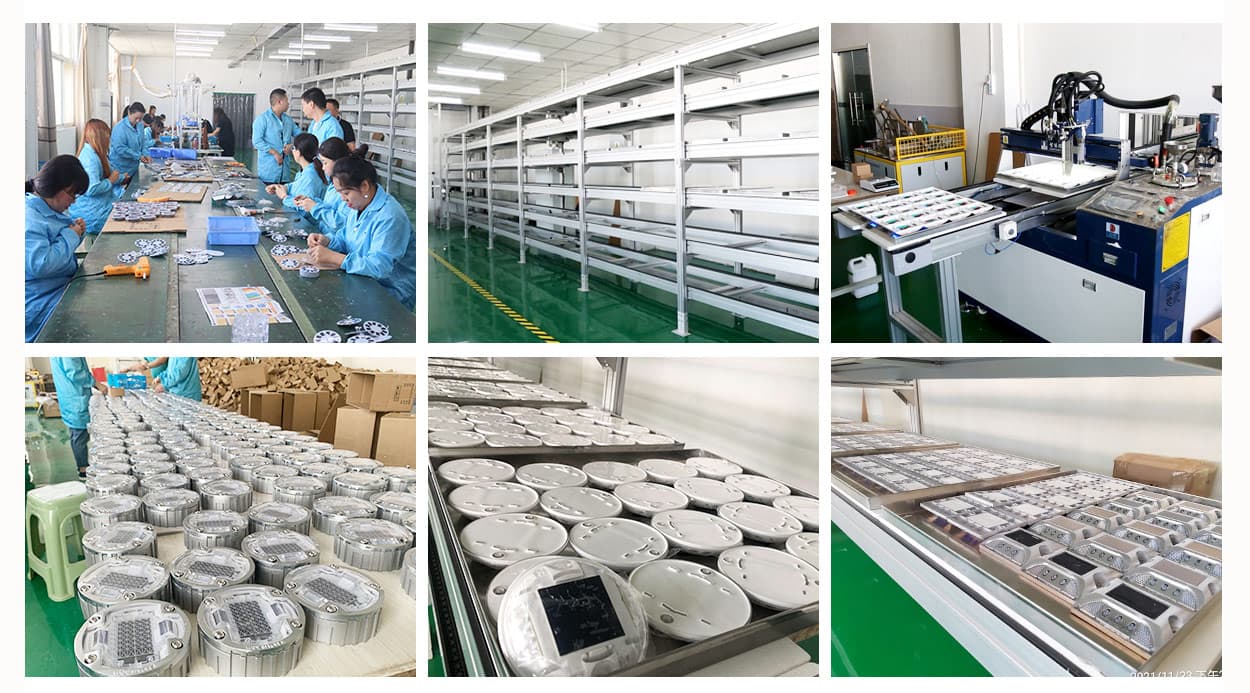

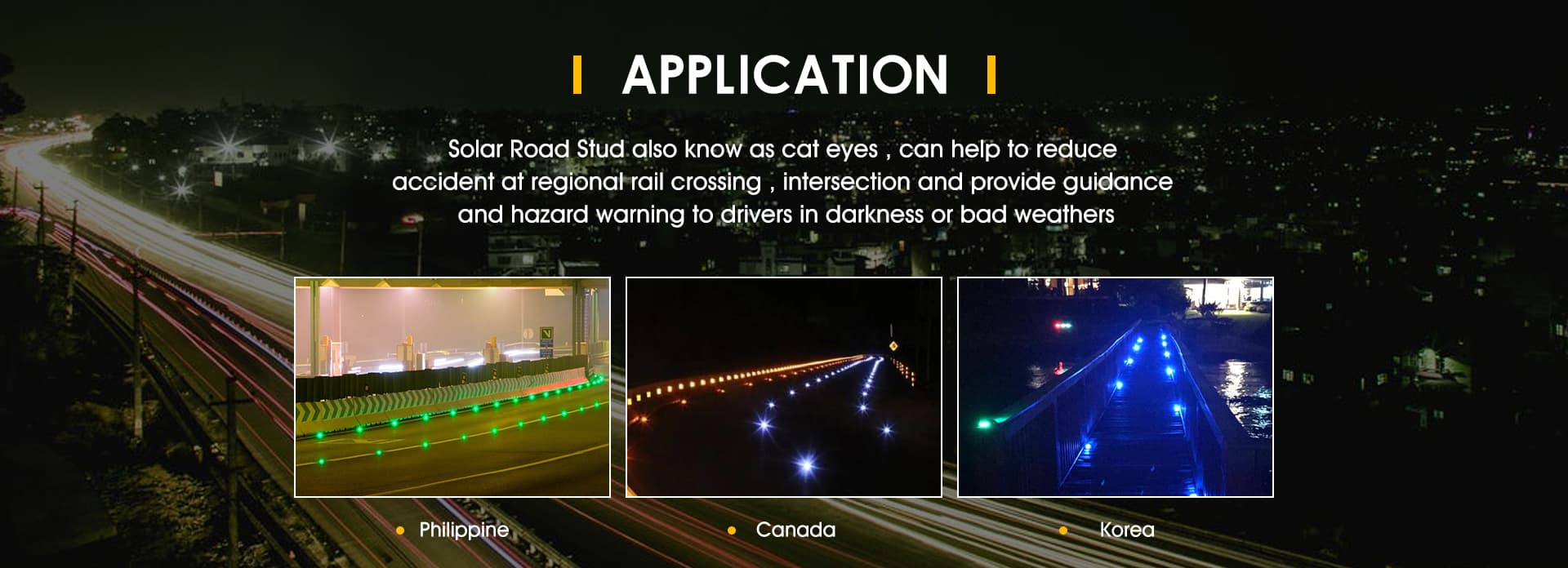
.jpg)
Innovative road studs set to be used at road junction . Intelligent road studs, which light up in response to changing traffic lights, are to be used for the first time at a motorway junction to improve safety. Highways England is installing around 170 of the innovative LED road studs at one of England’s busiest motorway junctions – used by
.jpg)
Cat’s eyes colours Red motorway studs are placed along the hard shoulder of both motorways and dual carriageways. They can also be seen on Amber motorway studs are placed to the far right, running alongside the central reservation. Green motorway studs indicate where a junction either joins or ...
.jpg)
"stop" lines at road junctions controlled by either police or traffic lights. Reflecting road studs (often referred to as "cat's eyes") first came into use in 1934. By 1944, white lines were also being used to indicate traffic lanes and define the boundary of the main carriageway at entrances to side roads and lay-bys, and in
.jpg)
Feb 09, 2018 · What the different colour cat’s eyes mean on motorways – and how they can stop you getting lost in the dark.EVER wondered why cat's eyes are different colours on the motorway?And no, it&#
.jpg)
5 Reasons Bikers Should Know About Reflective Studs. Reflective studs are increasingly being used on high-speed motorways and busy carriageways especially in poorly lit areas to allow easy visibility of the various lane demarcations. Also known as cat's eyes, these road studs were recently introduced in almost all standard roads around the world.
.jpg)
While reflective road studs remain the most popular form of road studs, there are other options depending on your circumstances. These include non-reflective studs and markers such as those marking pedestrian crossings, as well as solar-powered road studs, which can provide a similar level of light at a greater distance than cat’s eyes.
.jpg)
Solar powered road studs, both traditional and red coloured. Maintenance-free, state-of-the-art dome glass style cat’s eyes studs. 100mm by 100mm studs in both stainless steel and aluminium.
.jpg)
Highways England has completed the installation of 175 airport-runway-style LED road studs at one of England’s busiest motorway junctions. The innovative studs are to help mark out lanes at Switch Island in Merseyside, which is used by over 90,000 vehicles every day.
.jpg)
Permanent 290 Reflective Road Studs. These road studs are made by NOKIN and are the most commonly seen on the UK road network. They are specially designed for long-term temporary installations or permanent installations. The 290 Road Stud or Cats Eye as it is commonly known is available with a white body or yellow body, which you can choose from
.jpg)
White studs – are used to show the separation between lanes on either a motorway OR a dual carriageway. When used on a road with a single carriageway they show road users where the middle of the road is. Red studs – are used to indicate the edge of the motorway or road on the left-hand side.
.jpg)
Red studs mark the left edge of the road. Amber studs mark the central reservation of a dual carriageway or motorway. Green studs mark the edge of the main carriageway at lay-bys and slip roads. Green/yellow studs indicate temporary adjustments to lane layouts, e.g. where road works are taking place.
.jpg)
Amber reflective studs are common on UK motorways. Rule 132 of the UK highway code relates to the use of reflective road studs with white lines and states that: Amber studs mark the central reservation of a dual carriageway or motorway. In addition to amber reflective studs, there are other coloured studs used in different ways:
.jpg)
ROAD STUDS AT CROSSINGS . 6.15 Road studs to diagram 1055.1 or 1055.2 used to mark a crossing place must be coloured white, silver or light grey (regulation 11(4)). They may not be fitted with reflective lenses or with a steady or intermittent light source, but may be formed from retroreflecting material.
.jpg)
In recent years Britain’s traditional orange traffic cones have been joined by a host of different coloured road markers in green, blue, and yellow. These are not to demonstrate site managers’ football allegiances, but have all been devised to signify different intentions and offer specific warnings.
.jpg)
“The Intelligent Road Studs are a product we have used before, but not at a motorway to motorway junction and not in the north west region. Connecting the studs to the traffic signals is a first for Highways England and we’ve found this innovative use of them to be a very effective way of guiding drivers, helping them stay in the correct lane and so avoiding the risk of a collision.”